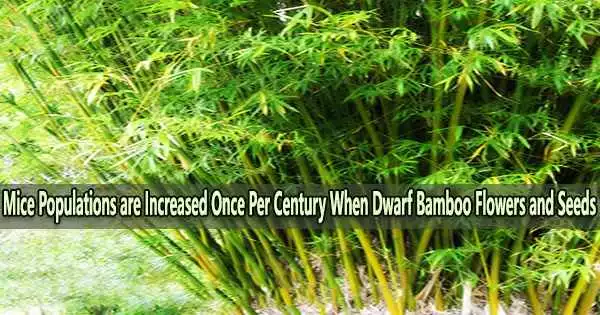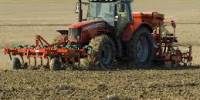Dwarf bamboo is a type of ornamental grass that is native to Asia, particularly China and Japan. It is a popular plant for landscaping and garden design due to its compact size, attractive appearance, and ease of care.
Japanese field mice thrive in the large-scale blossoming, spawning, and dying of the dwarf bamboo (Sasa borealis), which only happens once every 120 years, according to study from Nagoya University in Japan.
The large-scale flowering and seeding of dwarf bamboo is a rare event. Masting is a plant event, and it won’t happen again for more than a century.
Such occurrences, known as “mast years,” cause some plants to generate abundant seed yields. The simultaneous and widespread coordination of blooming and fruiting by plants occurs in mast years.
Rat epidemics are thought to be connected to eating bamboo seeds during these particular years. Due of the harm that is done to forests and agriculture as well as the possibility of diseases being transferred by these rodents, this has drawn a lot of attention.
In the past, reports of widespread tree mortality during such events as a result of rat epidemics have been made.
In the 2010s, the masting of dwarf bamboo, a Sasa species with a 120-year masting cycle, began to be observed on forest floors throughout Japan.
This research is expected to provide important clues for understanding the realities of sudden environmental changes in forest ecosystems and the interactions among the organisms that live there.
A team of researchers from Nagoya University
A team of researchers from Nagoya University led by Associate Professor Hisashi Kajimura and doctoral student Hanami Suzuki, both from the Graduate School of Bioagricultural Sciences, investigated the effects of this simultaneous seeding of dwarf bamboo on local rodent populations in Aichi Prefecture, Japan.
The researchers discovered a rise in the populations of both the large and tiny Japanese field mice when they compared data from before and after the masting, but they did not observe a similar effect on Smith’s voles in the same location. Their results were published in Ecological Processes.
“The interesting biological phenomenon that masting of bamboo and dwarf bamboo can cause an outbreak of forest rodents has long been something of a legend,” says Kajimura. “This research is important because it clarifies this long-suspected phenomenon by comparing rodent populations before and after masting.”
“What was interesting was that the increased populations of both species of rodent that we studied remained even two years after the masting, even though the dwarf bamboo itself had died,” explains Suzuki.
“There was also a high proportion of female juveniles in the population, suggesting that the simultaneous fruiting resulted in good conditions for reproductive females. These findings clearly show for the first time how the field mouse population responds to the seeds of Sasa, such as dwarf bamboo, especially those that have a longer cycle and larger supply.”
The team is excited about the implications of their study. “This research is expected to provide important clues for understanding the realities of sudden environmental changes in forest ecosystems and the interactions among the organisms that live there,” they said.
This research was supported by the Nagoya University Fusion Frontier Fellowship Program, which began in FY2021.
















